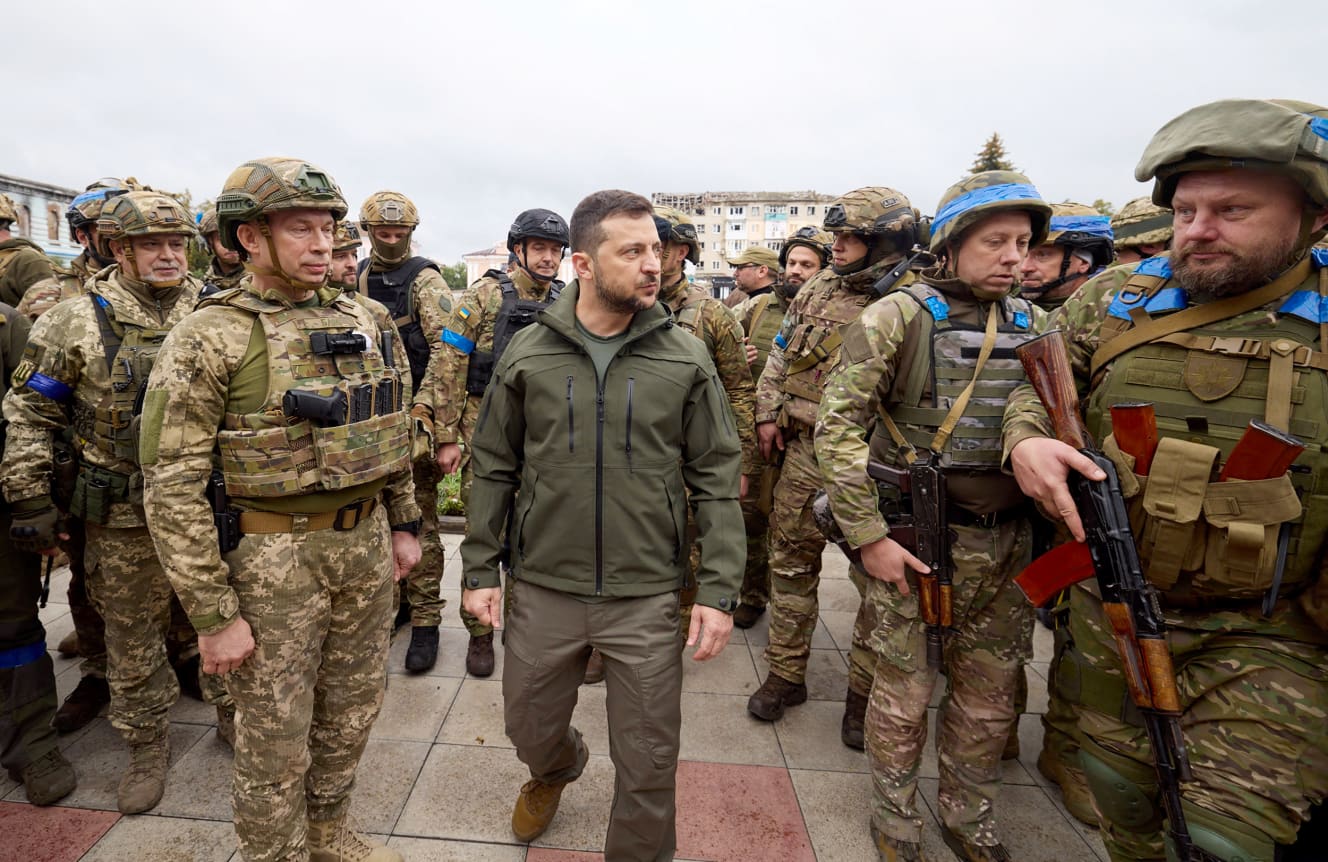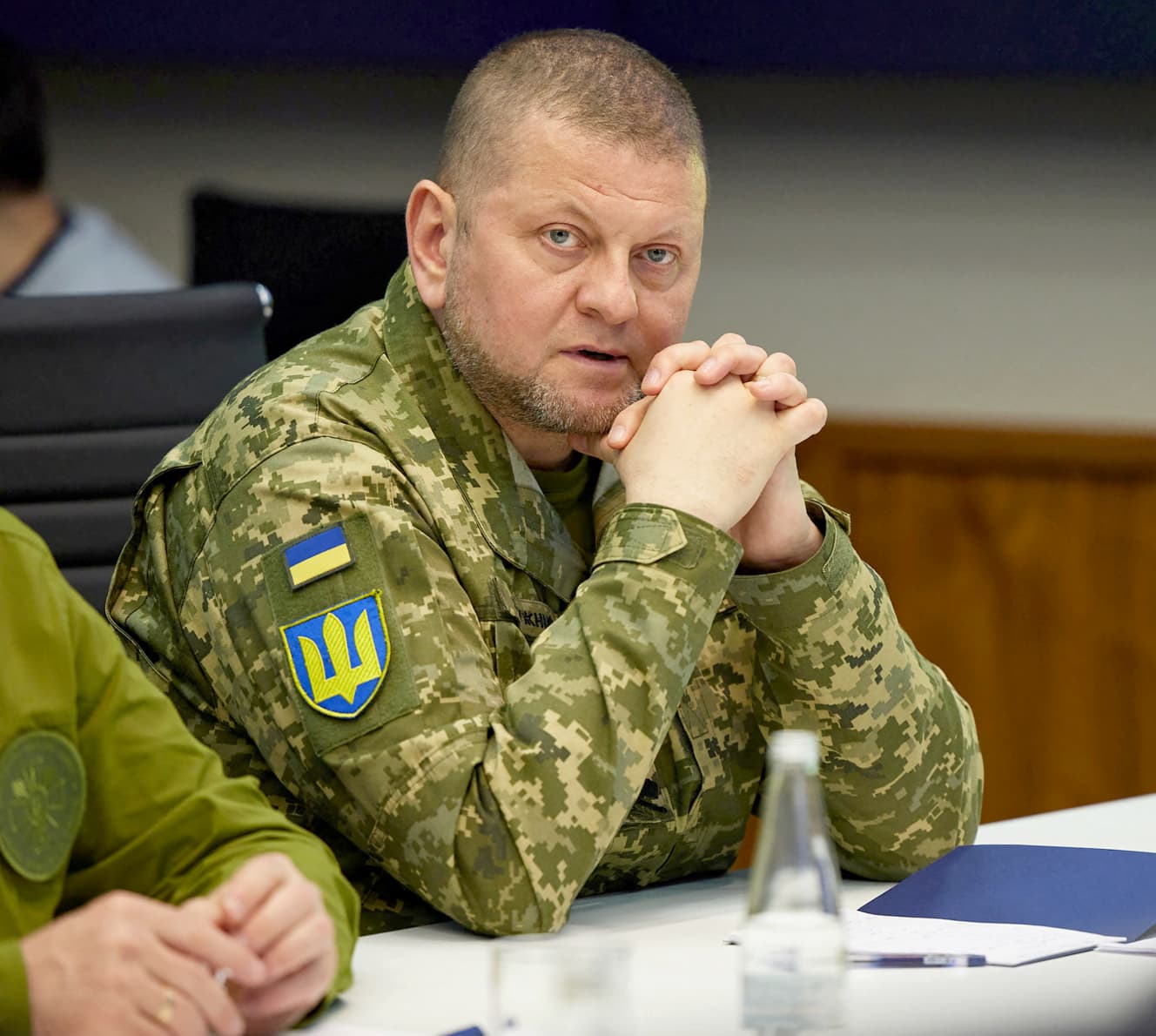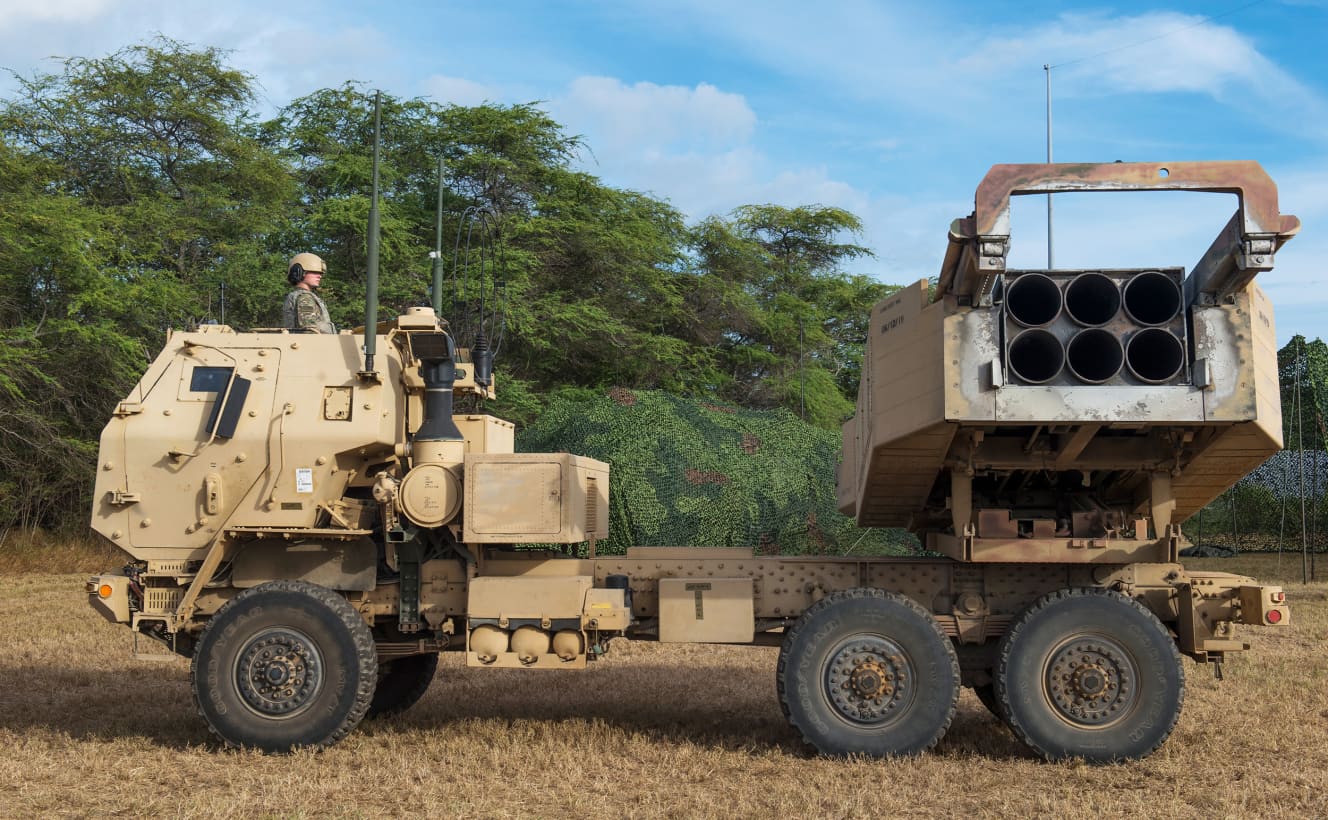Behind Russia’s Hesitation to Use Nuclear Weapons despite Ukraine’s Super Reversal Offensive
Documentary: "Reversal Offensive of Military History" President Putin, in a tight situation, opposes "referendum" and "partial mobilization of reserve forces

Yu Koizumi, a full-time lecturer at the University of Tokyo’s Research Center for Advanced Science and Technology, described the historic counterattack, in which 6,000㎢ of territory was retaken in a few days, as “a spectacular maskirovka (disinformation operation).
The keystone was a statement by Ukrainian presidential advisor Arestovich that Ukraine would launch a major offensive in the south of the country on August 29.
The Ukrainians had been conducting exercises with the U.S. in advance, and it was reported that “the Ukrainians had hoped to retake the southern part of the country, from Herson to southeast of Zaporizhzhia, but were rebuffed by the U.S. military, who said it was impossible with their forces, and decided to use Herson to wear down the Russian army. The report said, “The Russian army was not able to get back to the southeastern part of the Dnipro River. I thought that they were going to gather their main forces on the west bank of the Dnipro River and fight a long war in the south, but a major offensive began in the northeastern city of Halkiou.
The Russians, who had moved their main forces to the south, were caught flat-footed by the ambush and suffered a total collapse.
The Russian army fought in units called battalion tactical groups (BTGs). The main vehicles are tanks and armored fighting vehicles. They are quite formidable to fight head-on. Therefore, the Ukrainian army used “Hymers,” high-mobility rocket launchers provided by the U.S. military, to hit ammunition and fuel depots and other logistics bases, and cut off their paths and retreat routes by dropping bridges.
It is said that BTGs can fight alone for 10 days and can fight for 3 days. Hence, its weakness is that it cannot fight if it is away from the main railroad line, which is a supply route. According to Koizumi, “The Ukrainian army raided Kupyansk, where the two railroad lines intersect.
If Kupyansk is taken, the main railroad line to Izyum, a strategic point in the southern part of Kharkiv Oblast, will be cut off. The Russians were caught by surprise and their supply routes were cut off.
It is estimated that nearly 100 Russian tanks and armored vehicles were destroyed in the week between the start of the offensive and the recapture of Ijm. Even the T-90M tank, the tiger child of the Russian army, was seized.
President Vladimir Putin became impatient and played two cards. One was a referendum on Russia’s incorporation into Russia in the four oblasts of Lugansk, Donetsk, Zaporizhzhia, and Kherson, and the other was a “partial mobilization order” calling for about 300,000 reserve troops, the first such order since World War II. However, there is a great deal of confusion, as warrants are being sent to children and the dead who are civilians, as well as to a 63-year-old man with a chronic illness who is not expected to be a member of the war effort.
Zaruzhny, commander-in-chief of Ukraine’s armed forces, has cornered Putin in a brilliant maneuver that military experts have described as “just like the Three Kingdoms.
Zaruzhny is a professional soldier. He was the commander of ‘Sector C’ in charge of the Donbass region in the battle against the Russian army in February ’14-’15. He has a decent personality and experience. It is significant that he is given the general operational command with a free hand. His counterpart, Gerasimov, the chief of staff of the Russian General Staff, is also an excellent man, but he is making plans for operations while being sidetracked by Putin.
In his speech on September 21, President Putin lowered the conditions for the use of nuclear weapons from “if the other party uses nuclear weapons” and “threat to the survival of the nation” to “protecting territorial integrity. This means that if Lugansk and four other provinces are incorporated into Russia in a referendum, the risk of the use of nuclear weapons will increase dramatically.
If Putin were to use nuclear weapons, there are two options. One is to drop them on a densely populated area, like Lviv, where they have not yet done much damage, and kill hundreds of thousands of people. In Russian parlance, this would be “moderate damage,” a warning that if it continued any longer, the entire population would be wiped out. However, going that far would inevitably lead to full-scale intervention by NATO. It would be difficult.
The other option is to drop a low-power nuclear weapon into the sea – for example, in an uninhabited area such as the sea between England and Greenland – and use it as a warning shot. However, three weeks have passed since the great counteroffensive, and none of these options have been realized. If they had wanted to use nuclear weapons, they would have pressed the switch when Halkiw was breached.
In fact, Russia has a surprisingly large anti-nuclear public opinion. There is a children’s song called “May the Sun Always Be There” that was written in ’62 during the Cuban Missile Crisis, and the lyrics are quite scary: “May Mama always be there, may the sky always be there. A paper I have read written by a Russian general clearly stated, ‘Nuclear war is not war. It is a human doomsday device,'” Koizumi said.
While Russia hesitates, Ukraine’s strategy is advancing.
It is unclear where the PT-91 tanks Poland provided to Ukraine have gone. They didn’t show up at the big counteroffensive in Halkiu; they have more than 200 tanks, enough for two armored brigades, but they haven’t been sent out. There is a possibility that they will cross the Oskir River and attack Liman from behind, or they may go to smash Helson.
Two hundred days after the sudden invasion, Ukraine is entering a critical phase.



From the October 14, 2022 issue of FRIDAY
Interview and text by: Masayuki Kikuchi PHOTO: AFRO
